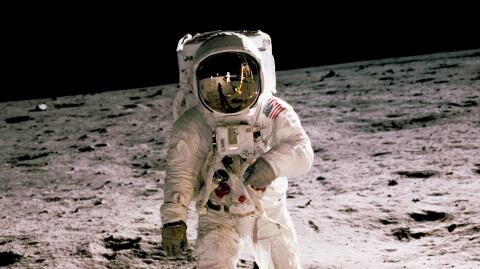Our Sun is like a candle - as long as it has material to burn, it stays lit. When it no longer has any, it goes out.
Discover our latest podcast
15 million degrees
The sun is actually a huge ball of gas. 75% of its mass is hydrogen, and the remaining 25% is helium. The hydrogen nuclei fuse and form helium nuclei, and this reaction produces a very large amount of heat. This thermal energy makes life on Earth possible. But this source of energy is finite. It is estimated that in 5 billion years, the Sun will stop shining.
It's a popular science fiction theme - Doctor Who even dedicated an episode to it. But when the Sun stops producing energy, life on Earth will stop. Solar radiation is responsible for our climate and weather phenomena. Thermal energy and light energy allow the presence of water in the liquid state and photosynthesis of plants.
Why will it stop?
The heat released by the Sun depends on hydrogen. As mentioned earlier, the Sun gives off heat by turning hydrogen into helium. But when all the hydrogen has been transformed, it will be the end for our star. But no need to panic, our Sun is only halfway through its life (a rather long one, as it is already about 5 billion years old).
Check out the video above for more on what will happen when the Sun eventually goes out...















